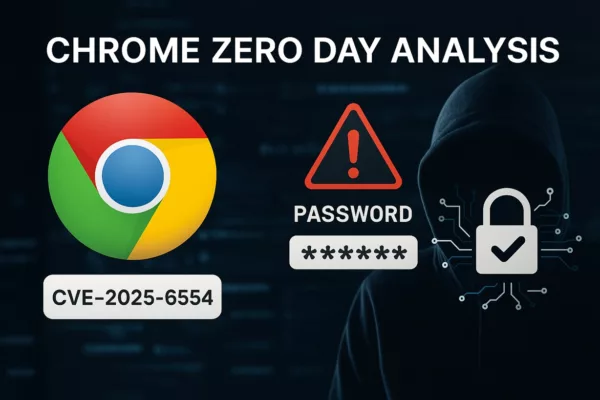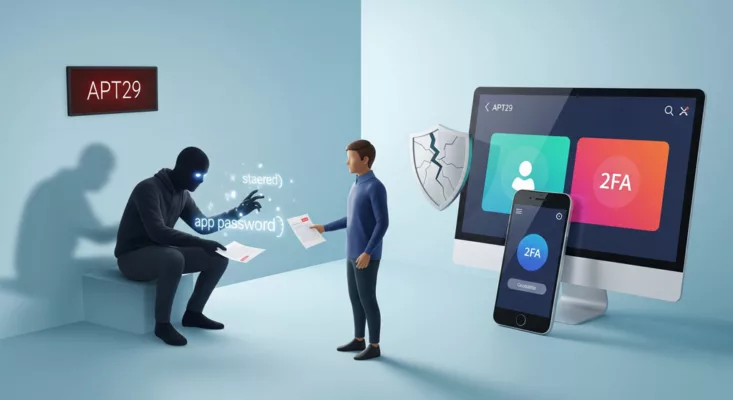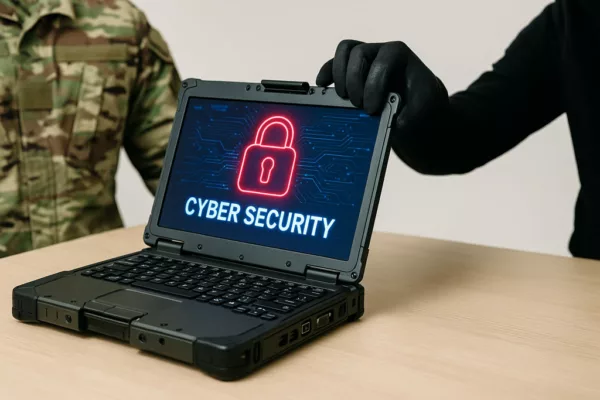How BIP39 helps you create and restore your Bitcoin wallets Do you struggle to manage your cryptocurrency wallets? Are you looking for a simple and secure solution to create and restore your wallets? You are not alone. According to a study, more than 20% of cryptocurrency users have lost access to their funds because of […]
Stay informed!
Join our community of technology enthusiasts! Subscribe to our newsletter and receive exclusive updates on the latest news, special offers, and tips from Freemindtronic. Stay informed on the latest technology trends, discover new products, and be among the first to take advantage of them. Sign up now by entering your email address below. Don't miss any updates from Freemindtronic!






